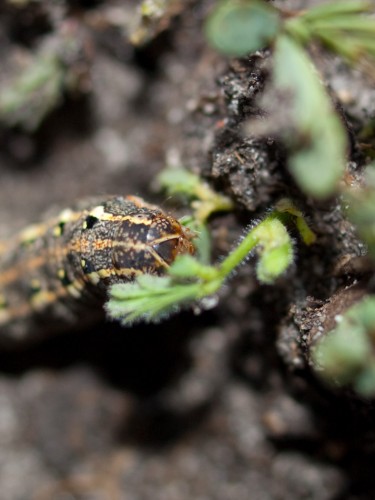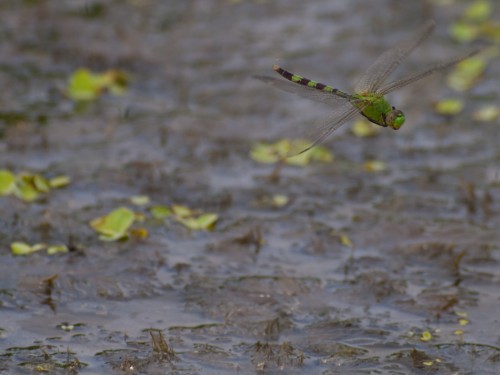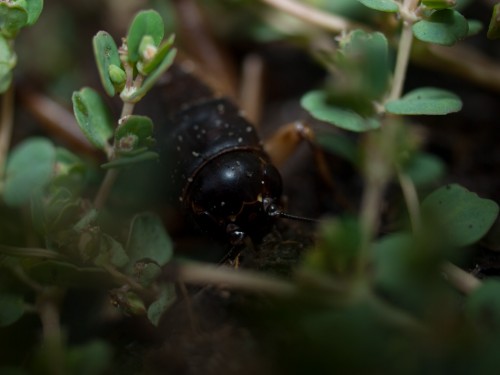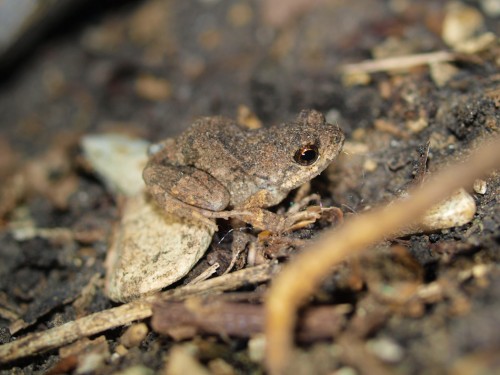These dragonflies and several other species are common within Palo Verde. As I walk to the wetland, there are several patches along the road that will have 20 or so dragonflies hovering about, searching for prey. Many times, they will follow me a short distance, likely because I tend to stir up prey items for them. I’ve observed several successful predation attempts, but only on moths. In one instance, a moth, sipping water from a small puddle in the road, began to fly and was immediately hit twice by a dragonfly. The dragonfly was unsuccessful in both attempts to effectively capture the moth, and the moth appeared to respond by limply dropping to the ground, where it sat frozen for a short time. The dragonfly seemed to loose sight of the moth at this point and flew off. The second the moth began to move to fly away, the dragonfly sped back and nailed the moth, capturing the absent-minded prey with its legs and flying off for consumption. I wonder if they consume on the fly?
Daily Archives: 12 May 2009
Crickets are just as abundant
Another macro shot of another insect grazer (or detritivore). There are so many crickets hiding under decomposing cattail (Typha domingensis) and other wetland plants, that you can literally hear them scurry as you pass a clump of detritus. When I first heard the noise, I thought it was the constant, strong wind from the east. After hearing the noise without wind, I thought it may be a snake or other herp (that’s actually how I found the turtle here; I heard it walking) and was immediately excited to discover a new species… I did alright, hundreds of crickets of various species. Unfortunately, I don’t have The Orthoptera of Costa Rica: A Jumping Insect between Two Continents, between Two Seas.
I don’t know
Caterpillars
I think they are eating my Neptunia! The caterpillars can be found with every step in the dried lagoon. I wonder when and where they pupate. Do they pupate before the lagoon floods, and, if so, do they do so in the lagoon? Are they able to survive the flooded lagoon either as pupa or larva? How can I answer these questions?



